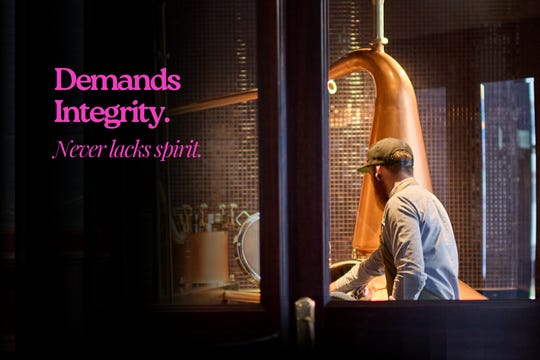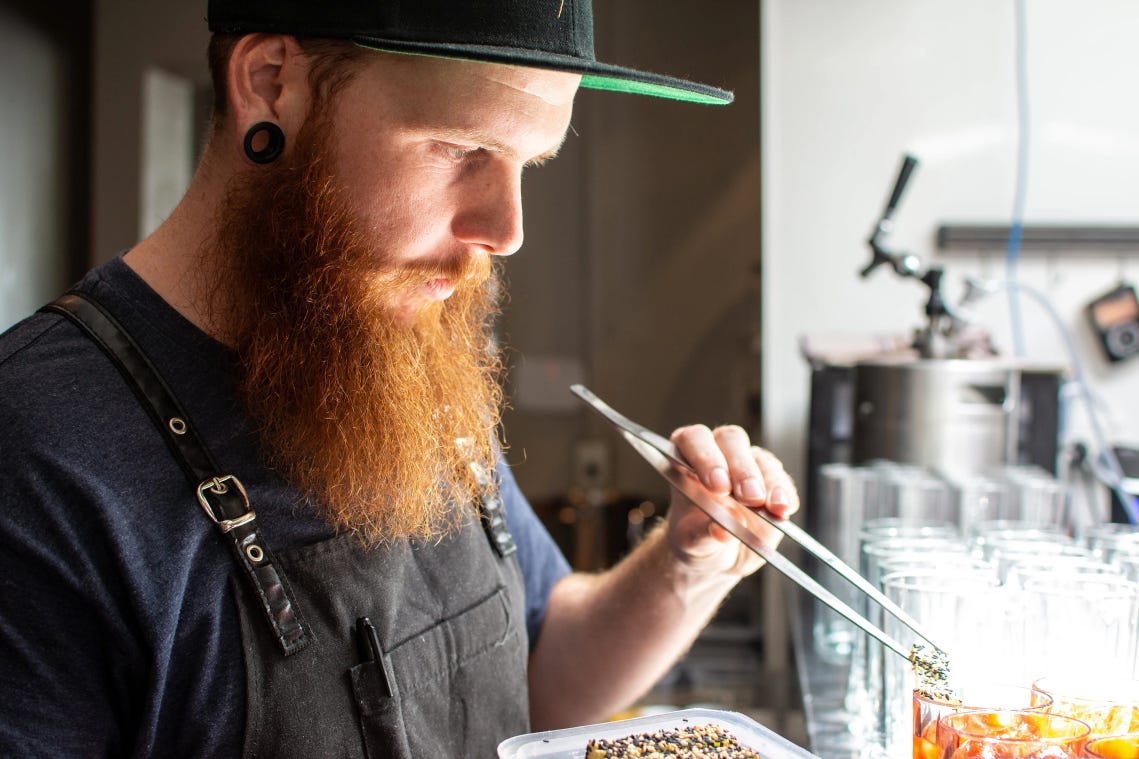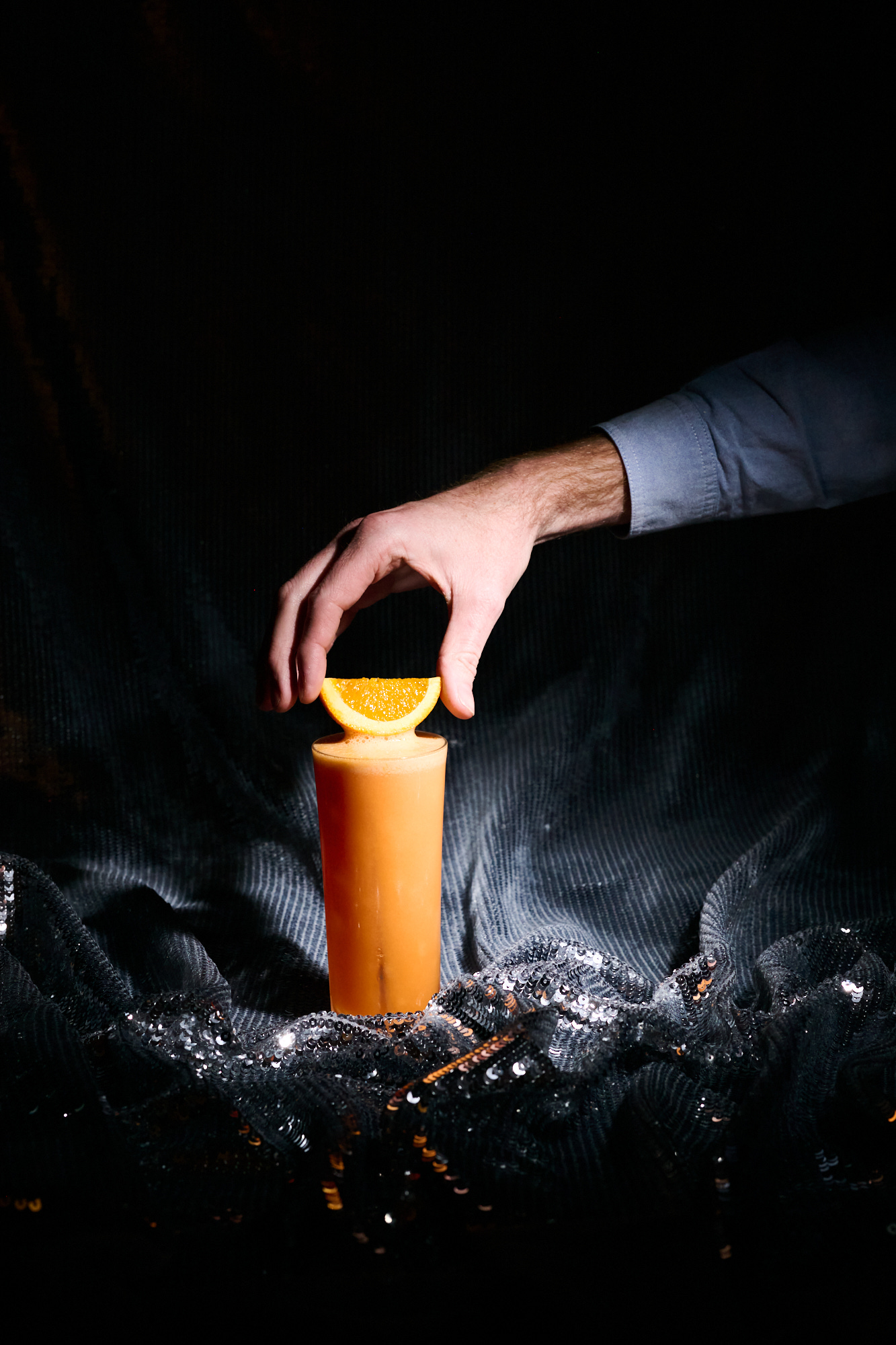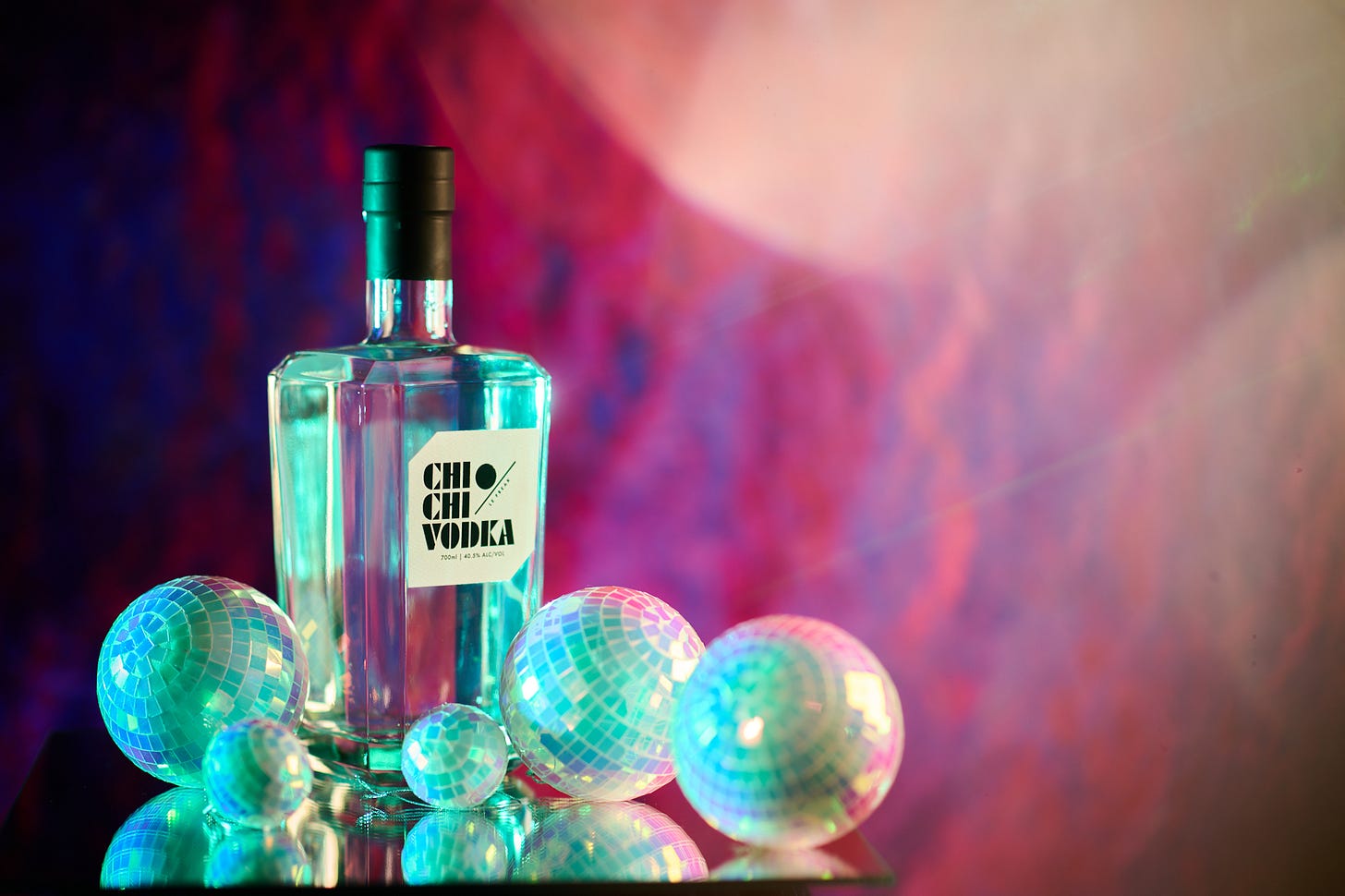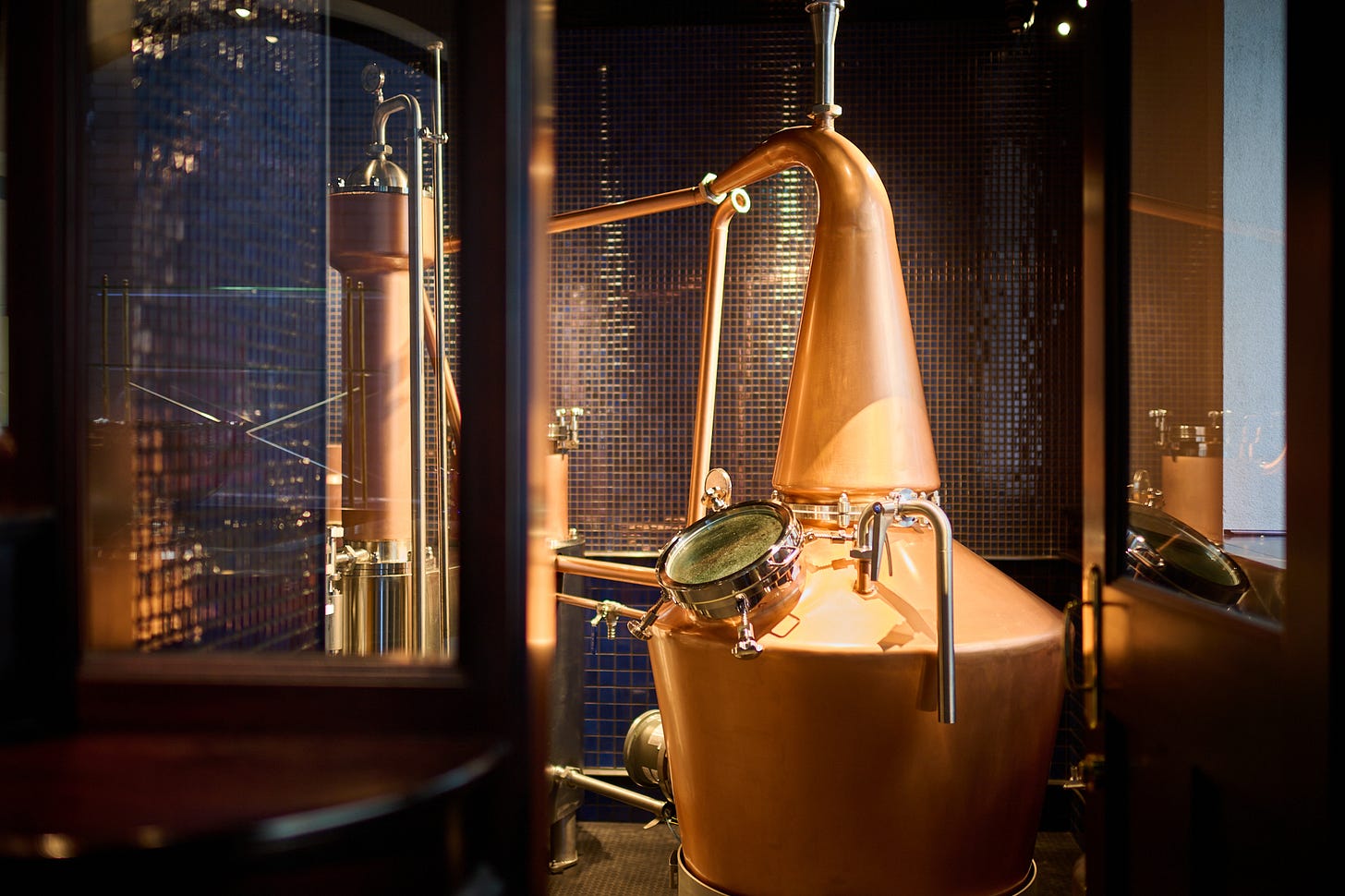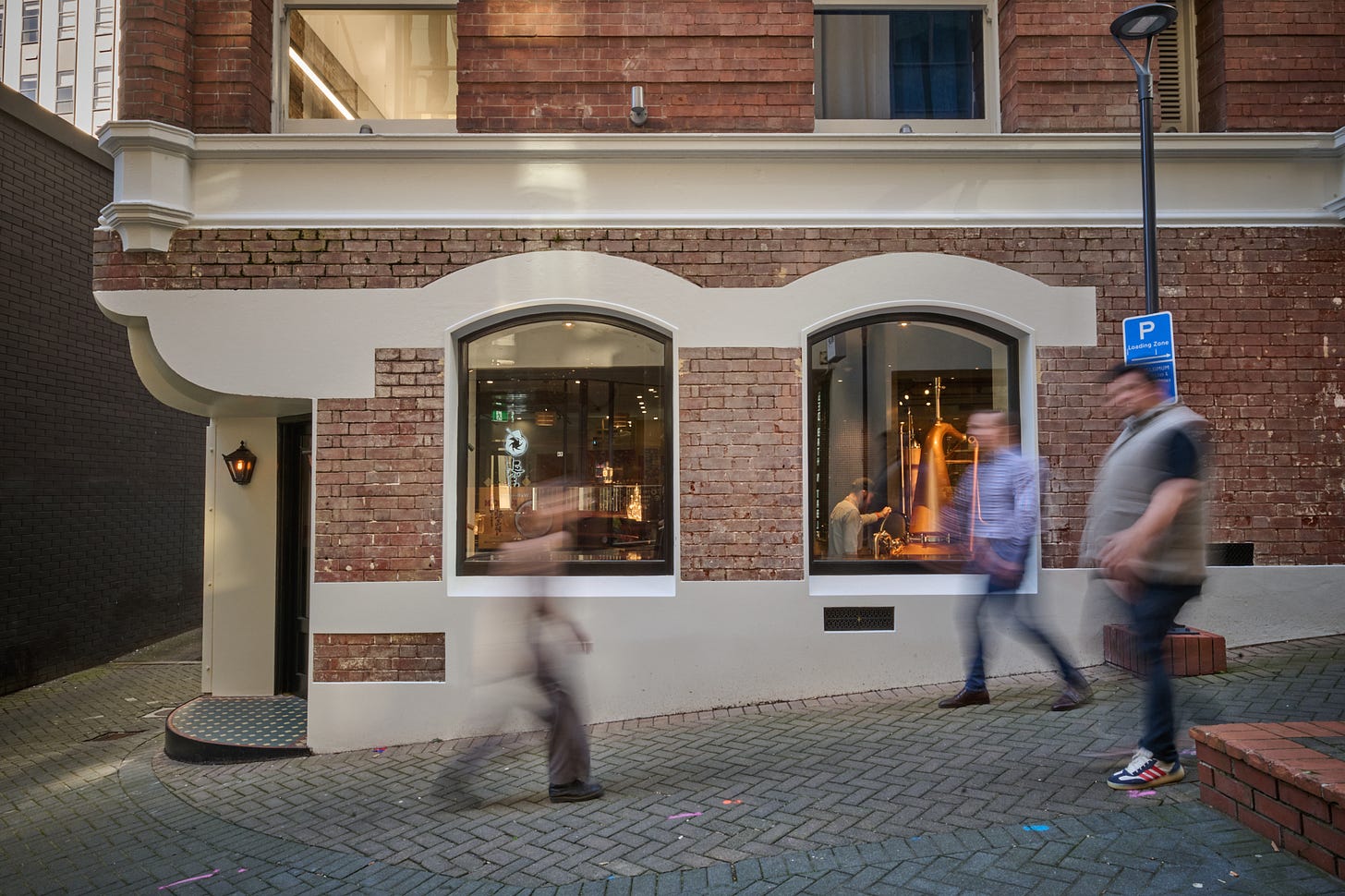Mikey Ball Demands Integrity: The Architect Builds Flavour at Woodward St.
The maker renowned for his iconic work on Scapegrace and East Imperial flavour is taking his meticulous understanding of flavour to new heights at Wellington's newest distillery.
There’s a shift in the air when a maker moves from the consulting bench to the production line, trading the finite satisfaction of contract flavour genius for hire for the relentless, total immersion of a single distillery. For Mikey Ball, a man whose name has become shorthand for flavour precision in the New Zealand spirits landscape, that pivot isn’t just a career change—it’s the full-circle embrace of his own rigorous standards at Woodward St Distillery in the heart of Wellington.
The distillery’s founding is also a quintessential capital city story: a tale of necessity and vision—just not of the land, but of the architecture. When brothers Johnny and Robbie Thomson couldn’t find an anchor tenant worthy of their extensively refurbished Edwardian building at 97 The Terrace, they decided to anchor it themselves. What started as an “amateur interest in alcohol, i.e. drinking it,” became the foundation for The Woodward Street Distilling Company.
Ball, known ubiquitously as Mikey to the New Zealand drinks industry, joined the founding group as Head Distiller alongside hospitality veteran James Pask (Director and General Manager) to realise the goal: build a boutique city distillery that creates world-class spirits imbued with a sense of provenance, integrity but also fun.
The Woodward St team couldn’t have found anyone who more aptly fits the description. Found in iconic venues at home and abroad since his late teens, Mikey is the person most likely to wrap up closing and still run 12km in the morning. He’s worked as a drinks educator, consultant, head bartender and hand model for some of the best cocktails and brands in the business. And in Woodward St, he seems to have found a home for his exacting standards and endless pursuit of excellence in story and flavour.
After consulting and working with significant NZ brands, it’s a big call for Ball to commute between Blenheim and Wellington for this gig, but so far the commitment is worth it for the alignment of values within the team.
“We are now a family,” says Mikey of the still new-ish team. “So we are all in and you have to make those relationships work day-to-day, but you also have to cherish them,” Ball notes. This total commitment is driven by the fiercely competitive market. “We’re in this lucky position right now where we actually have to make the liquid incredible, because it’s a really, really tough market. It all has to have meaning or has to have story. Everything has to be built in. This is an experience.“
From Blueprint to Bottle: The Structural Purity of Flavour
The rigorous, almost engineering approach Ball brings to product development is an intellectual carry-over from his initial studies in architecture—a path he abandoned for hospitality, yet one that is evident in the foundation of his flavour philosophy. For Mikey, a product must be built like a building: with a strong structural framework and multiple layers of meaning. Storytelling is not marketing; it’s the load-bearing wall.
“There’s definitely an ethos, and everything is kind of built with a million facets in mind for whoever wants to know as many little details about it and any quirky little pieces that they can be, versus people who don’t want to understand any of it.” From the origin story of each ingredient, to the specific techniques and treatments used—everything with Mikey has a ‘why’, a purpose that offers integrity to the end result.
This philosophy ensures quality from the outset. As Ball states, “If you can do all the smart stuff to start with, then you can be a lot more all over the creativity of it. If you start with what your restrictions are, then you’re always going to be heading to the right place.”
Essentially, what he means is that if you jump to the end conclusion too fast and without having built a solid purpose and integrity to the plan, you’ll risk having to take shortcuts and make compromises. Shortcuts to flavour and product consistency don’t really exist, in the same way a house without a solid foundation eventually falls down. How loud of a crash it makes, depends on how closely people are listening.
This critical lesson, distilled from years of working under contract for other producers, is that flavour is an ecosystem built on culture, context, and place. To design a product with integrity, one must first deeply understand the provenance of its components: the soil that fed the botanical, the tradition that perfected the technique, or the people who held the knowledge for centuries. This foundational, respectful excavation of history—treating the knowledge and component correctly—is what elevates inspiration beyond mere surface-level borrowing. It is the only route to creating a truly authentic spirit, ensuring that the final liquid pays homage to its cultural origins and avoids the trap of cultural appropriation by integrating, rather than simply taking, the inherent value of the source tradition.
This methodology is most evident in Chchi Vodka, the first spirit to emerge from the Woodward St 300-litre still, Agnes. Chi Chi is not merely a vodka; it is a deeply considered study in texture and tradition.
“If we were going to create a vodka, we’re not just going to throw ethanol in with with a bunch of water—which is, you know, let’s (meaningful silence)….let’s just, let’s just say that’s a thing people do. So what will we do?”
The vodka’s methodology draws from a centuries-old tradition of dairy distillation. “The whole idea is that Chichi means ‘father’ in Japanese, but it can also refer to milk. “We just deep dived into everything, milk and cream. We’re making ricotta, like, all of these pieces. Try to work out how we can get the specific textures we wanted to create,” Ball explains. Chichi is also the long forgotten vodka Pina Colada recipe, created by father of Tiki cocktails, Don the Beachcomber. There’s all of these little pieces that tie into the story.” He adds: “The Chichi was the third attempt at bringing vodka into American culture in the 1970s. So many great little pieces that we can tie into the story and culture.“ Cue disco balls.
Sometimes to set the foundations right, you have to dig deep. And in more than just cultural references. Using wheat, extracting flavour and texture from coconut flesh and using Koji rice cultures to produce an elevated vodka that belongs in cocktail bars and pride of place? The flavour architect has been at work, supported with the culinary input of Wellington hospitality and culinary stalwart James Pask. Pask himself brings a reputation of commitment to origin, source and authenticity.
The sparkly disco setting, the father of Tiki and a vodka that celebrates distillation from dairy? And all of this to plug a gap? Chichi Vodka wasn’t meant to be the first cab off the rank but it grabbed the dancefloor spotlight. When you examine Chichi against the backdrop of the Woodward St values, it’s clear why it resonated so strongly with Mikey and what the people of Wellington can enjoy on their doorstep, with the bar integrated into the building and a highly recognisable figure about to join the team to support the social offering and drinks programme. (Watch this space!)
Mastery, authenticity, sustainability, innovation, society and integrity are called out on the masthead of the brand website and through the storytelling that begins to emerge, the vision of a social hub for the discerning and a place of meaningful engagement with the makers. It’s no wonder Ball has found a sense of ‘family’ amongst a group of characters equally uncompromising in the pursuit of quality.
The already highly anticipated Penguin’s Crossing gin scooped a highly commended nod from the judges at the NZ Spirits Awards for how well it matched with tonic. This should be no surprise from the mastermind behind both Scapegrace and East Imperial recipes and former Head Bartender at multiple-award winning Dandelyan (now Lyaness) in the UK. The man can make a gin and tonic, from scratch, all the pieces. Which is exactly what’s coming down the line and fast. But a business decision to rethink the gin bottle meant space and time to bring the next product to market.
When mastery, authenticity and integrity are part of your navigating compass, you can’t half-ass the landing when launching a new product, as many a distillery is learning in the current crunch and re-normalisation. Shelf impact makes a difference and is as much part of the storytelling and brand offering as the liquid. In a shift from the heady gin-boom days where everything lived in an Oslo, the better the product the better the bottle ought to be. So when the team realised they hadn’t ticked mastery, it was back to the drawing board for a new custom bottle. That opened up a gap for Chichi to dance right on into.
“The thing is the gin’s ready, it’s just waiting on the bottle to come and then the tonic will be hopefully by the end of the year. So everything’s within the next four months. So lots boiling away, but I think the way to look at it is we’ve effectively built a brand house.”
While the gin pause gave focus to the vodka, this ‘brand house’ foundation with multiple product streams allows them to expand quickly but carefully. Mikey points out the unique composition of the team skillset. “It’s all quite reliant on the whole team—my background in product development and the creative sync between me and Jimmy (Pask), which has been very cool.”
The Perfectionist’s Crucible
Ball’s dedication to structural rigour was unlocked and fused with a profound creativity during his formative years in London, particularly at Dandelyan. It was here he realised the power of going beyond the surface of a spirit.
“I thrived in that kind of creative environment,” he recalls. “I was quite good at understanding [and] researching... and then when to stop—and more importantly, when not to stop—the deep dive.” He notes that, ultimately, “I think the more you understand the ingredients, the better result you get out of them.”
This experience in the importance of integrity and mastery of the process later clarified the difference between consulting and true creative quality control, leading to his commitment at Woodward St.
“I needed more. I needed to sink my teeth into something other than producing on a pilot still, then handing them off to somebody else for them to be made with no knowledge of what’s actually happening in the process. A lot of blind stuff going on from a product development side and off the back of that, lots of mistakes, and often I would end up down the rabbit warren, trying to work out how those mistakes happened (to fix them).”
The motivation was clear: “I was looking for the chance to take on the next step in my distillation. I wanted to be a distiller. I am now.“ The commitment is to relentlessly uphold the standard: “When you want to do something properly, you have to, you have to continue to put the love in and continue to do it properly, because as soon as you try and make a shortcut, then it changes.”
Woodward St: The Full Expression
So here he is, no longer trying to fix other people’s shortcuts or creating flavour story backwards. 100% responsible for… making his own mistakes? You can be sure, on the rare occasion he may make a misstep, he’ll already know why before he starts cleaning it up.
”I’m just looking for an understanding across the board that hey, it doesn’t need to be super hard. And we don’t need to over complicate a lot of these things if we do it properly from the get-go. And even if you do over complicate it, well it doesn’t have to be the whole focus, you know, I’m always learning.”
Ball joined the team after the initial planning, but was “instrumental in the still process and what we were going to put in the space.”
He recalls: “How we can make a really small space work as effectively as possible, I mean, if you’ve walked past or you’ve seen it, it’s very small for a wee 300-litre pot still. And how we can make this space not only super cool, but incredibly beautiful. It’s been very well designed.”
Today, that vision is tangible. The corner site, designed with architect Alistair Cox, is an experience centre—a physical manifesto for Ball’s creative ethos. The full structure of the brand house is taking shape, alongside Cox’s vision for Woodward St as a social hub, even the possibility of daylighting the Kumutoto stream that still runs underneath.
Woodward St is already delivering on the promise of a maker who has finally found a space where his principles, world-class hospitality experience, and uncompromising flavour focus can fully converge, (metaphorical) sparkly disco lights and all. “I think proof of approachable quality, is probably the one of the big parts that I’m personally looking for,” he concludes.



